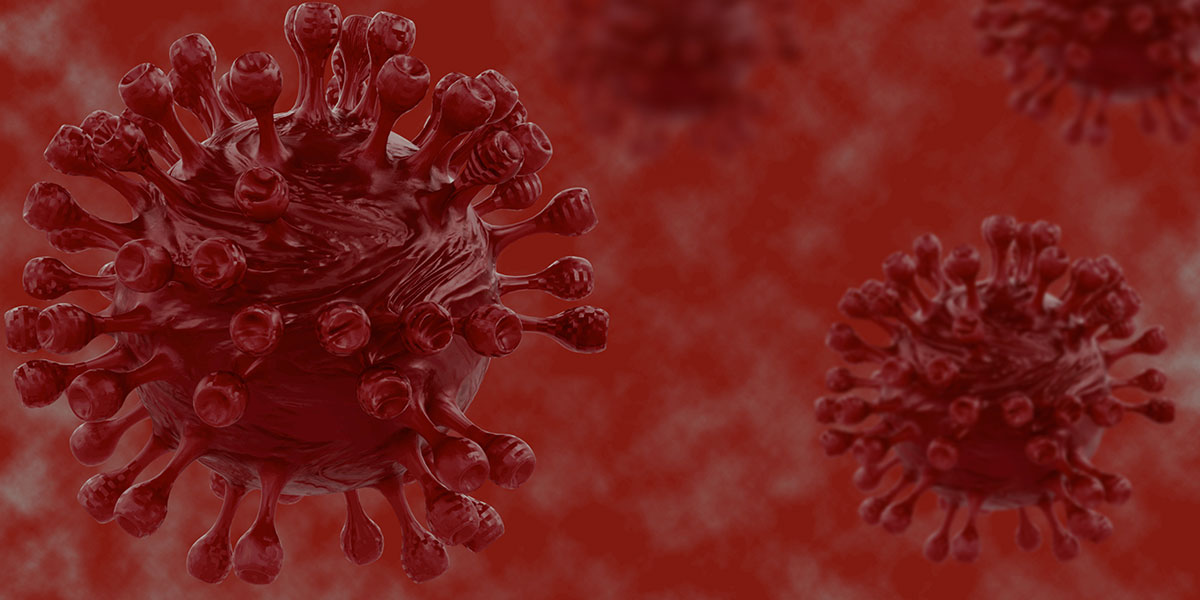Bird Flu is back in Maine and the fall and upcoming winter make it essential to follow proper biosecurity measures, not only to protect food sources but to protect other wildlife in Maine.
Highly Pathogenic Avian Influenza (HPAI) is better known as “bird flu.” The latest round of bird flu has devastated domestic poultry. This has led to increased costs for farmers and consumers.
While harmful as HPAI is to our poultry farmers, its impact on Maine wildlife is less understood, something we’ll examine today.
HPAI Facts
HPAI is highly contagious and can be spread in different ways. These include:
- Wild birds, which shed the virus in their saliva, nasal secretions, and feces.
- Contact with infected poultry
- Contact with equipment
- Contact with the clothing and shoes of caretakers
As you can see, the variety of ways of transmitting the disease makes it easy to spread. Factor in the disease’s high rate of infectiousness and it’s understandable why it’s easy to get out of control.
How Bad is Maine’s HPAI Problem?
Maine’s bird flu problem is serious, so much so that Maine’s current HPAI risk is rated at high.
H5N1, the current strain is highly infectious and deadly to certain species. This has made it one of the most dangerous strains in recent memory.
Maine Avian Wildlife At Risk
The current strain of avian flu is affecting birds that normally are resistant to this virus. For example, ducks and geese are dying more from this strain than they did with previous strains.
Birds of prey including bald eagles and owls can be infected. Scavenger birds such as vultures can contract the virus after feeding off dead birds infected with the virus.
Other Wildlife Affected by Bird Flu in Maine
Unfortunately, Maine’s bird flu problem affects more than birds. Maine has experienced an increase in seal deaths due to HPAI cases. HPAI is classified as a zoonotic disease.
These diseases have the potential to be transmitted between animals and humans. The CDC believes the current strain of bird flu carries a low risk of spreading to humans, but people should take precautionary measures.
Preventative Measures
Thankfully, there have been no cases of bird flu in domestic bird flocks in Maine since June, but prudent preventative measures are highly recommended.
Still, it is unknown whether bird flu cases will increase for the rest of the year, so poultry farmers are encouraged to keep their birds indoors when possible.
Outdoor access should be limited to covered areas that provide shelter not only from predators but from wild birds and their droppings. People coming in contact with domestic poultry or wild birds should disinfect all equipment, clothing, or boots that may have been exposed to contaminated material.
For more information on Maine’s amazing wildlife, visit Friends of Coastal Maine Islands National Wildlife Refuge.







